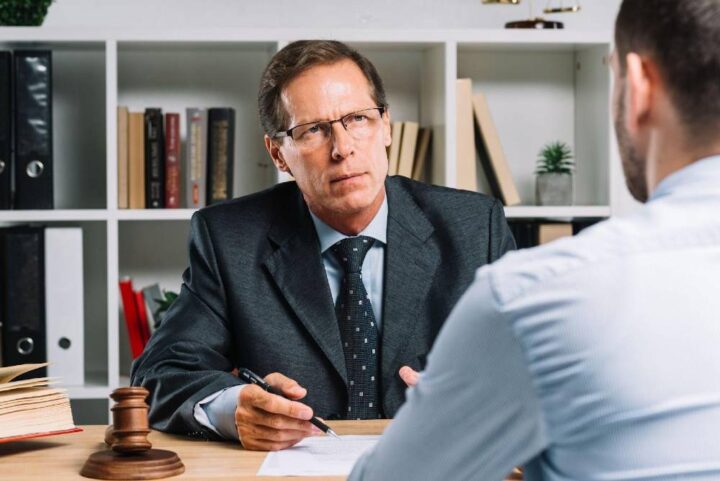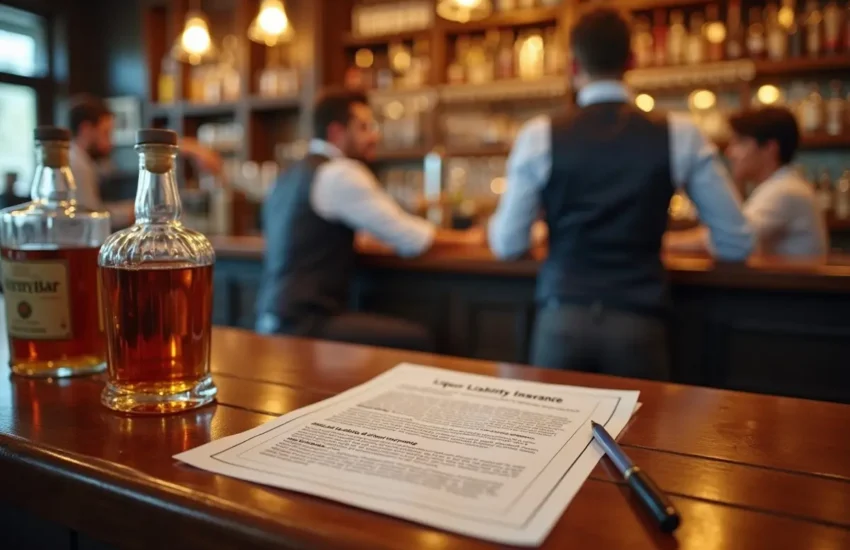Behind The Scenes: How A Criminal Defense Attorney Builds A Strong Case
Being charged with a crime might be the most stressful thing that a person has to go through. The result of a criminal case has far-reaching consequences on personal liberty, up to the potential for securing employment in the future.
That’s why building a strong defense is so important, and that’s something that requires meticulous planning, thoughtful consideration, and an up-close and personal understanding of the law. At the heart of each successful defense is the tireless criminal defense lawyer and his behind-the-scenes work uncovering the truth, challenging the prosecutor’s case, and protecting his client’s rights.
This article will provide essential details of building a solid defense, from consultation through conviction, with a criminal defense attorney as your tour guide.
1. First Meeting With Your Attorney

The building of a sound defense begins with the client-attorney consultation. This is where the attorney learns about the charges, the circumstances surrounding the arrest, and the kind of evidence, if any, that the prosecution may possess.
In turn, this is where the client presents their account and informs the attorney about the availability of any witness or evidence available to corroborate a defense.
For example, if you are facing DWI in San Antonio, a veteran San Antonio DWI Attorney will ask pointed questions about the stop, field sobriety testing, and the breathalyzer results. They’ll read the police report and examine dash cam and body cam video, where available, to find the prosecution’s weaknesses in the case.
This initial meeting sets the tone for the defense strategy, so be frank and thorough with your attorney.
2. Examining the Case and Seeking the Facts
Once the attorney becomes sure about the case, the second thing to do is to conduct a proper investigation. This might involve perusing police reports, interviewing witnesses, and examining physical evidence. The intention is to find any inconsistency, error, or transgression on the part of the defendant that would tear the case against the prosecution apart.
A great example of how they examine the case is the lawyer might question whether the officer who had the suspect under arrest did so in the correct protocol when stopping the suspect on the highway or whether the breath-testing instrument had been appropriately calibrated.
The lawyer might attempt to discover proof that might be a different explanation for why the suspect acted in that particular manner, for instance, a medical condition or malfunctioning equipment. In turning over all the stones, the lawyer has reasonable grounds to defend the suspect.
3. Reviewing the Evidence and Pinpointing Weaknesses
Having received all the information, the lawyer will thoroughly analyze the evidence to identify holes in the client’s case. This involves verifying all the information, whether witness statements or forensic findings, to see whether it has been obtained legally and whether it stands the case when questioned.
For example, where the case against the prosecutor relies mainly on witness testimony, the attorney can attack the witness’s recollection’s reliability or point out inconsistencies in their testimony.
Similarly, where the proof has been obtained through an illegal search or seizure, the lawyer has the motion to suppress the evidence. The lawyer can significantly weaken the prosecutor’s case by finding and capitalizing on those weaknesses.
4. Formulating a Defense Plan while Crafting the Response
Having understood the case and the proof, the attorney shall develop a defense strategy based on the specific facts regarding the case. The strategy may be to attack the prosecution proof, propose an alternate hypothesis, or plea bargaining as the most suitable to the client.
For example, in the case of a DWI, the attorney might plead the client as not having been drunk during the arrest or that the arrest was illegal. The attorney might also negotiate with the prosecutor to reduce the charges or penalty for a guilty plea. The concept is to choose the path that increases the chances of the best possible result for the client.
5. Preparing the Case
If the case goes to trial, the attorney will spend a great deal of time preparing for court. This includes composing legal motions, preparing witnesses, and developing a concise and convincing narrative to present to the jury. The attorney will also consider the prosecution’s case and establish counterarguments to counter it successfully.
In a DWI, the attorney might, for instance, bring in expert witness testimony regarding the untrustworthiness of breath tests or cross-examine the officer’s statement. The attorney would also prepare the client to testify, as needed, and prepare the client to endure cross-examination.
This way, the attorney will be adequately prepared for court and be able to make a solid, compelling case to the jury.
6. Negotiating Plea Bargains
All cases do not reach the point where the jury hears the case, and sometimes, the ideal solution for the client is the plea bargain. The plea bargain allows the defendant to plead guilty to a lesser crime or to be penalized less in exchange for waiving the jeopardy and expense of the trial.
In plea bargaining, the attorney will negotiate the best deal possible using the best arguments for the defense case. For example, the attorney might negotiate that the case be dismissed or even that the case be lowered to a lesser crime if the prosecution case is not solid.
Here, the aim is to reach the result that has the most negligible impact on the client’s life as much as possible without evading the dangers associated with the trial.
7. Making the Case
If the case goes to trial, the attorney changes his role to represent the client in court. This involves giving proof, cross-examining the prosecutor’s witnesses, and presenting persuasive arguments to the judge or jury. The attorney should be adept at trial techniques and think on his feet to counter-argue with the prosecutor.
For instance, during a DWI case, the lawyer can counter the prosecution’s proof with the lack of property in the breathalyzer or by discrediting the arrest officer’s testimony. The lawyer also presents supporting witnesses or evidence favoring the defense case.
In asserting the client’s case, the lawyer helps maximize the chances of a favorable ruling.
Conclusion
Building a solid criminal defense case takes skill, ability, and dedication, which requires skill, proficiency, and commitment. The criminal defense attorney spends their time, beginning with the consultation and going through the reading of the verdict, defending the client, and attempting to achieve the best possible result for their client.
Through investigation, negotiation, or jury or bench trial, the lawyer works to achieve the client an even and balanced result for their case. Being a crime victim, knowing the process will help you be better served and assured when you navigate the system.


